The rules of chess
Movement of the pieces (2)
Knight
The knight makes a move that consists of first one step in a horizontal or vertical direction, and then one step diagonally. The knight jumps: it is allowed that the first square that the knight passes over is occupied by an arbitrary piece. For instance, white can start the game by moving his knight from b1 to c3. The piece that is jumped over is further not affected by the knight: as usual, a knight takes a piece of the opponent by moving to the square that contains that piece.
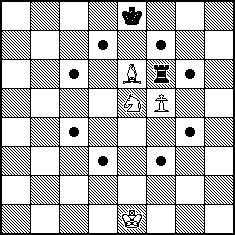
Pawn
The pawn moves differently regarding whether it moves to an empty square or whether it takes a piece of the opponent. When a pawn does not take, it moves one square straight forward. When this pawn has not moved at all, i.e., the pawn is still at the second row (from the owning players view), the pawn may make a double step straight forward. For instance, a white pawn on d2 can be moved to d4.
When taking, the pawn goes one square diagonally forward.
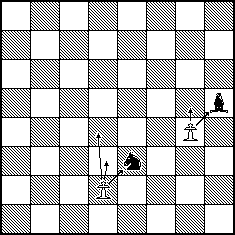
There is one special rule, called taking en-passant. When a pawn makes a double step from the second row to the fourth row, and there is an enemy pawn on an adjacent square on the fourth row, then this enemy pawn may move to the square on the third row that was passed over, and taking the other pawn. This taking en-passant must be done directly: if the player who could take en-passant does not do this in the first move after the double step, this pawn cannot be taken anymore by an en-passant move.
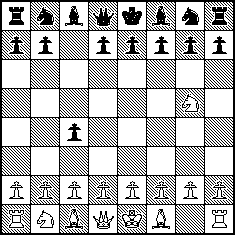
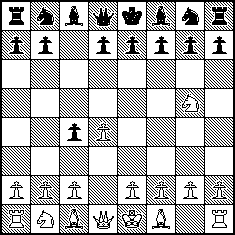
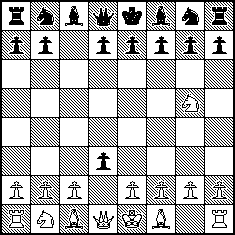
A double pawn step, and a following en-passant capture
Pawns that reach the last row of the board promote. When a player moves a pawn to the last row of the board, he replaces the pawn by a queen, rook, knight, or bishop (of the same color). Usually, players will promote the pawn to a queen, but the other types of pieces are also allowed. (It is not required that the pawn is promoted to a piece taken. Thus, it is for instance possible that a player has at a certain moment two queens.)
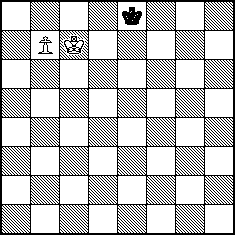
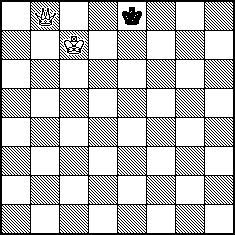
Before and after a promotion
Next: Movement of the pieces (3)
Written by Hans Bodlaender.
WWW page created: September 23, 1997.